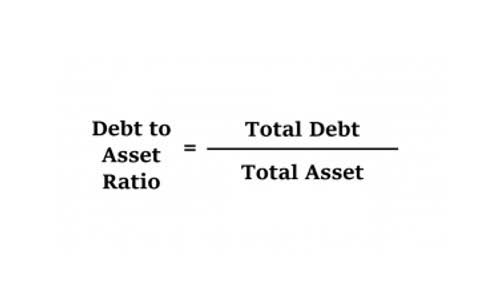
Ultimately, the order of liquidity of accounts will depend on the company and the industry. For both the management of a company and the readers, a balance sheet presented using the order of liquidity will allow them to grasp what generates cash in the company. Order of liquidity is the order in which a company must liquidate its assets in order to meet its obligations. Dexalot, a leading decentralized exchange (DEX) with a central limit order book (CLOB) design, is expanding to Arbitrum, bringing its suite of powerful features to the Ethereum L2 users. This launch will not only benefit users with a more secure and efficient trading platform but also provide a reliable launchpad for Arbitrum projects. Therefore, although Disney outperformed the year prior and generated more sales in 2021 than 2020, the company’s liquidity worsened.
Examples Using Liquidity Ratios
The order of liquidity for assets on a balance sheet is the order in which assets are listed from the most liquid asset to the least liquid asset. Both types of ratios are essential for assessing different dimensions of a company’s financial performance and risk profile. Investors and analysts often use them in combination to gain an understanding of a company’s financial health. Note that a company may be profitable but not liquid, and a company can also be highly liquid but not profitable. In general, the more liquid an asset is, the less its value will increase over time. Completely liquid assets, like cash, may even fall victim to inflation, the gradual decrease in purchasing power over time.
BUS202: Principles of Finance
Market liquidity is critical if investors want to be able to get in and out of investments easily and smoothly with no delays. As a result, you have to be sure to monitor the liquidity of a stock, mutual fund, security or financial market before entering a position. For financial markets, liquidity represents how easily an asset can be traded.
Understanding Liquidity
- The company receives cash but must pay back the original loan amount plus interest to the bank.
- For some investors and for some circumstances, illiquid assets actually hold an advantage over liquid assets.
- The current ratio is used to provide a company’s ability to pay back its liabilities (debt and accounts payable) with its assets (cash, marketable securities, inventory, and accounts receivable).
- However, large assets such as property, plant, and equipment are not as easily converted to cash.
- In this article, we covered the concept of liquidity, its importance and computation in detail.
Inventory is removed because it is the most difficult to convert to cash when compared to the other current assets like cash, short-term investments, and accounts receivable. A ratio value of greater than one is typically considered good from a liquidity standpoint, but this is industry dependent. Excluding accounts receivable, as well as inventories and other current assets, it defines liquid assets strictly as cash or cash equivalents.
Solvency Ratios vs. Liquidity Ratios

Non-current assets are listed next because they are not as easily converted to cash. The most common liquidity ratios are the current ratio and the quick ratio. But unless the financial system is in a credit crunch, a company-specific liquidity crisis can be resolved relatively easily with a liquidity injection (as long as the company is solvent). This is because the company can pledge some assets if it is required to raise cash to tide over the liquidity squeeze. This route may not be available for a company that is technically insolvent because a liquidity crisis would exacerbate its financial situation and force it into bankruptcy. Last, liquidity ratios may vary significantly across industries and business models.
Our team of reviewers are established professionals with decades of experience in areas of personal finance and hold many advanced degrees and certifications. Some present in order of magnitude, meaning information is presented from highest amount to smallest amount which is quite straightforward. The order of liquidity can also help creditors assess a company’s creditworthiness. The order of liquidity is important for businesses because it provides a framework for making investment decisions. The order is important because it reflects which assets you are going to use in order to pay liabilities. For example, a company that relies on inventory would have a different order of liquidity than a company that relies on receivables.
How Does Liquidity Differ From Solvency?
Miranda is completing her MBA and lives in Idaho, where she enjoys spending time with her son playing board games, travel and the outdoors. Liquidity is a vital factor for companies https://www.bookstime.com/ looking forward to planning their investment ahead of the future. In addition, Liquidity also ensures that companies’ current needs align with their long-term investment plan.
For illiquid stocks, the spread can be much wider, amounting to a few percentage points of the trading price. Market liquidity refers to a market’s ability to allow assets to be bought and sold easily and quickly, such as a country’s financial markets or real estate market. Assets like stocks and bonds are very liquid since they can be converted to cash within days. However, large assets such as property, plant, and equipment are not as easily converted to cash. For example, your checking account is liquid, but if you owned land and needed to sell it, it may take weeks or months to liquidate it, making it less liquid. Every company aims to secure a balance between owning liquid assets and non-liquid assets.

Financial Liquidity
That may be fine if the person can wait for months or years to make the purchase, but it could present a problem if the person has only a few days. They may have to sell the books what is order of liquidity at a discount, instead of waiting for a buyer who is willing to pay the full value. The ordering of the items in a balance sheet (assets and liabilities) is called marshalling.